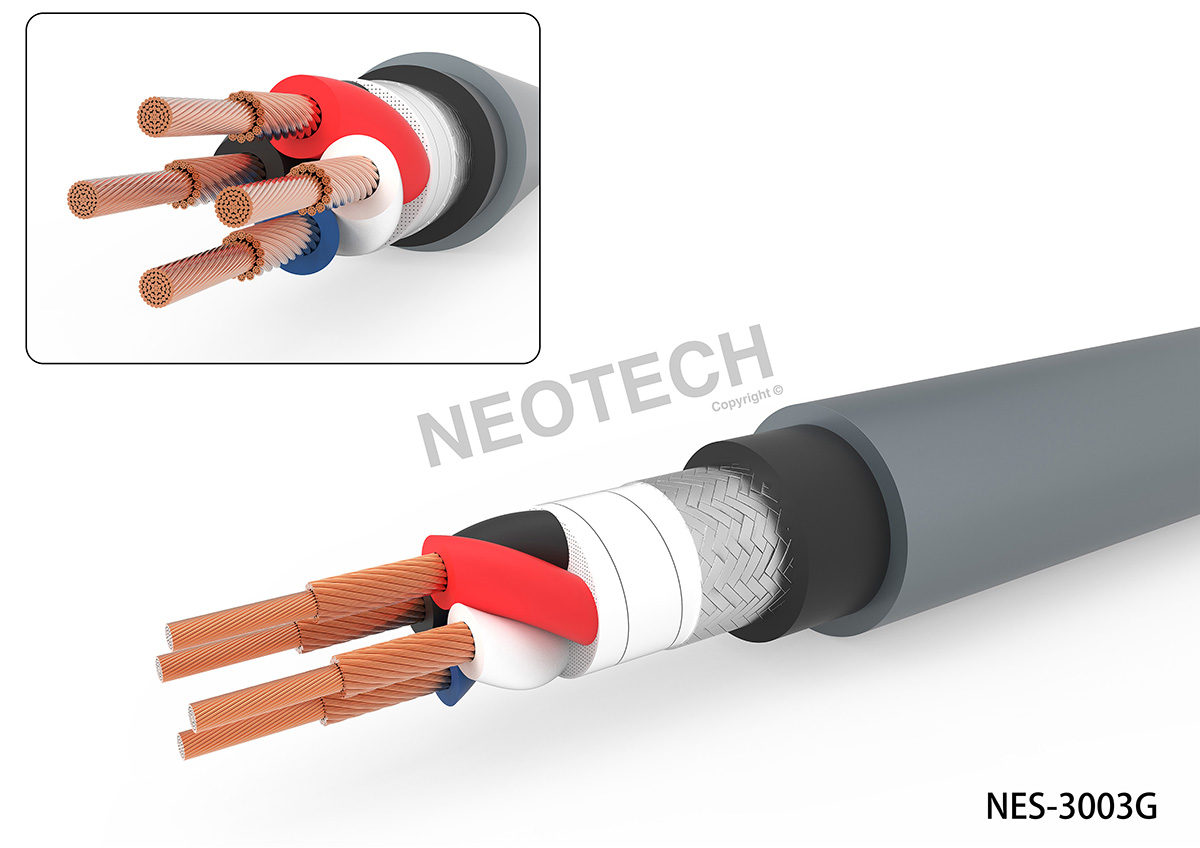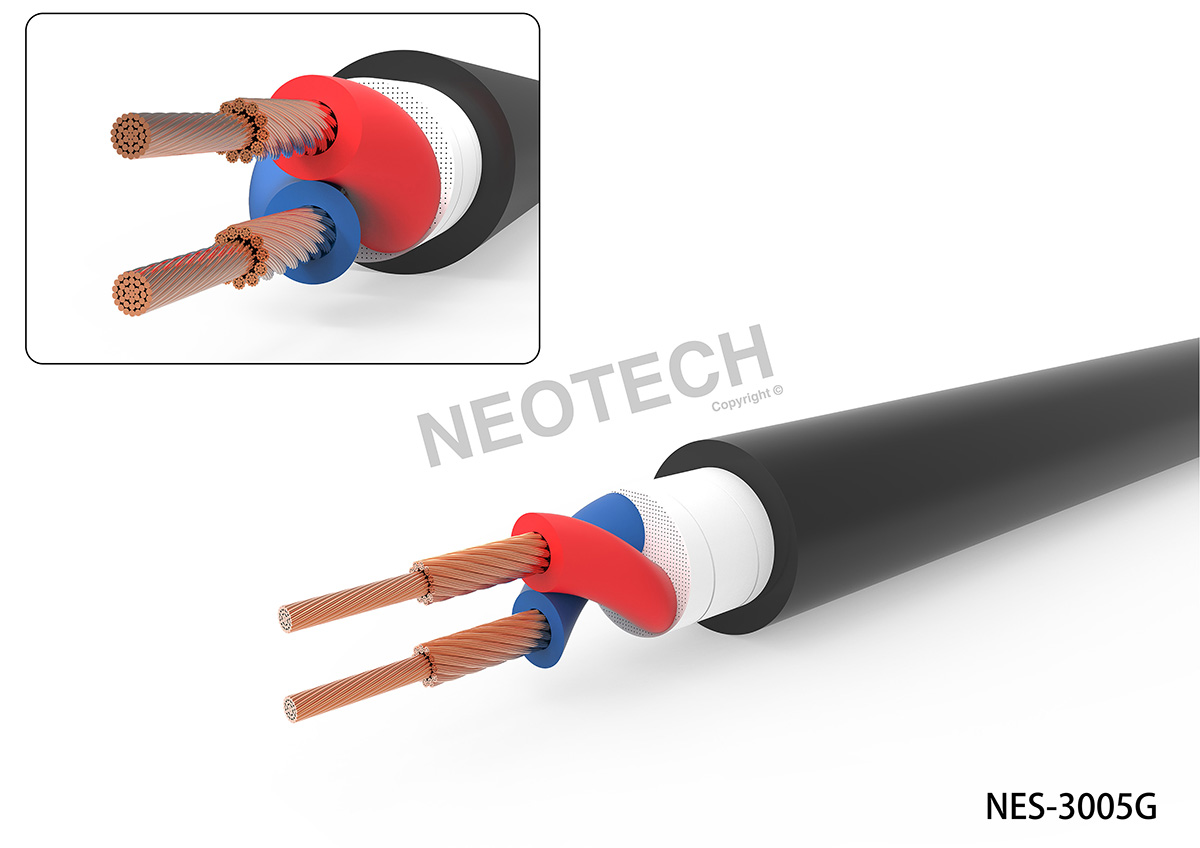The result of twisting or braiding and shielding insulated conductors reduces inductance and increases capacitance.
Soeaker cables technologic dilema…
We have two technological solutions when it comes to speaker cable:
1. Four wires (2 on + and 2 on -), twisted in a star quad, in a screened braid and in one collective insulation.

2. Second solution: two SEPARATE double-wire cables, one for + and one for -, but without shield.

The number of cores, core cross-section, material, weave, both in NES-3003-G and NES-3005-G everything is the same.

2. Second solution: two SEPARATE double-wire cables, one for + and one for -, but without shield.

The number of cores, core cross-section, material, weave, both in NES-3003-G and NES-3005-G everything is the same.
In the first solution we have a screen, and in the second solution we have a separation of plus and minus.
How will it be better? What to expect?
- ...
- 39 posts total
- 39 posts total

